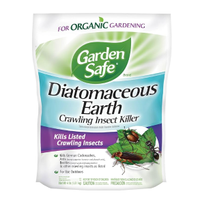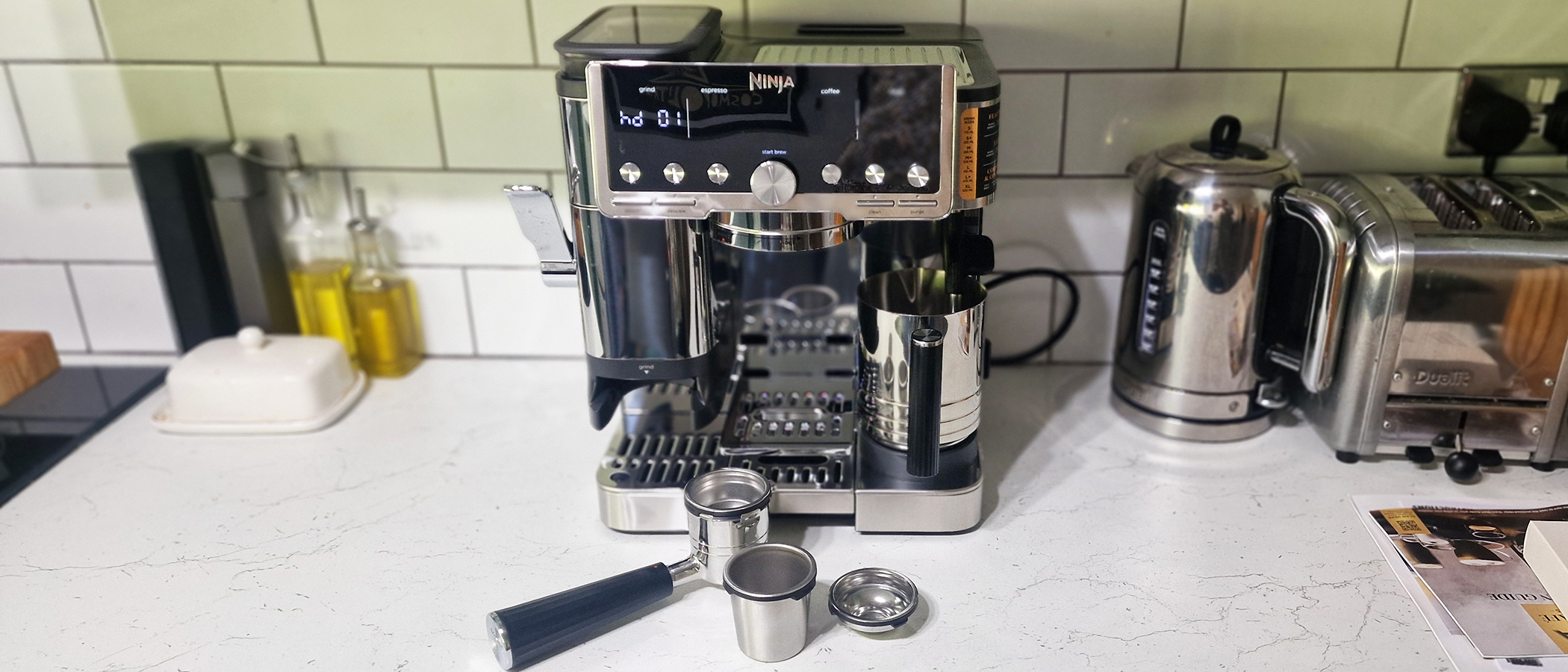Take a natural approach to pests: How to use diatomaceous earth to solve 7 garden problems
Garden pests beware
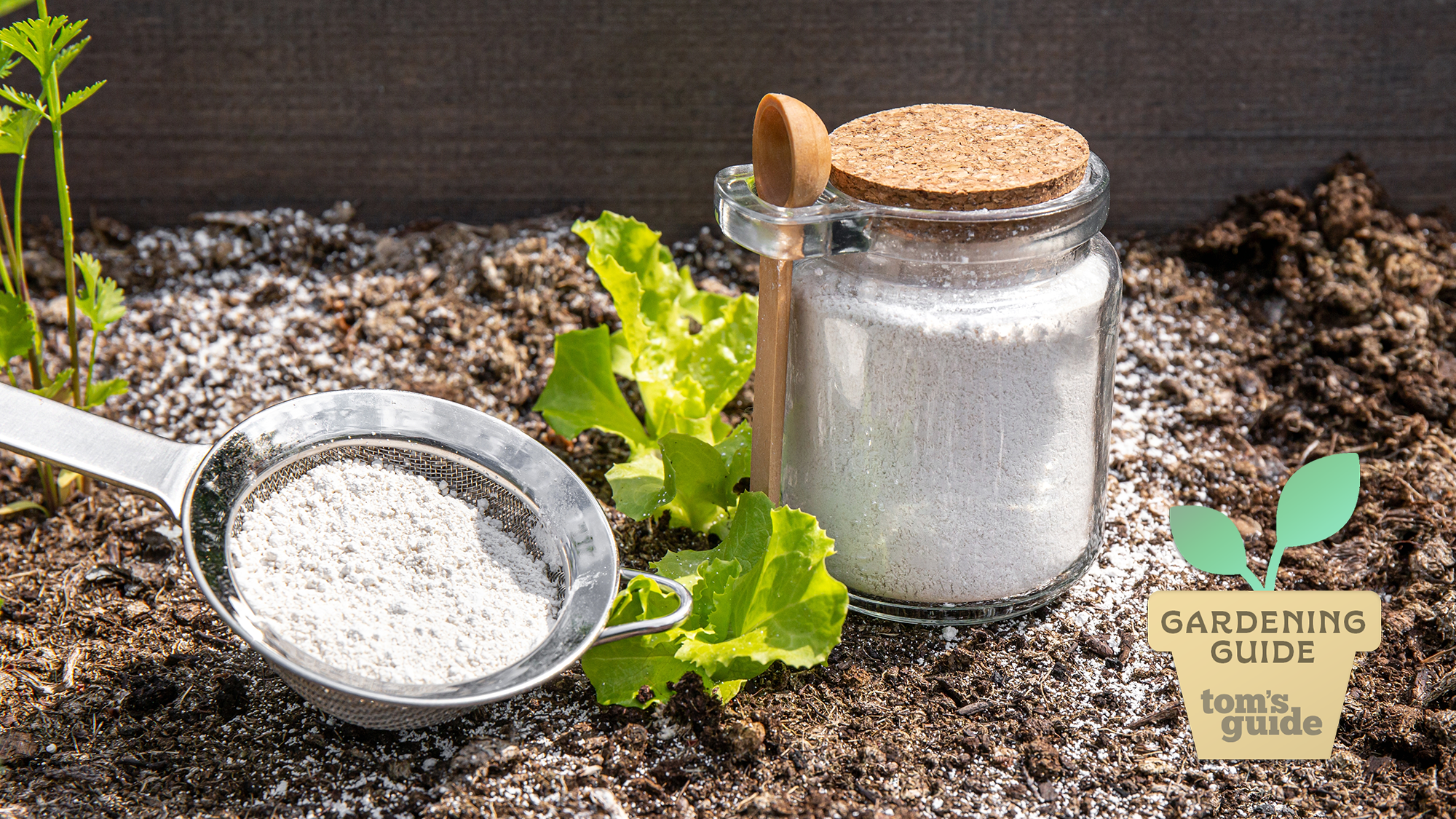
Sustainable gardening is more popular than ever and has evolved beyond the selection of native plants and the use of compost. Today, many gardeners are looking for natural ways to care for their plants throughout their lifecycle.
This often means eliminating the use of chemicals or pesticides, while still taking care of any pest issues. There have been many popular household alternatives to standard chemical treatments that have proven to be effective to various degrees, but one option that has been flying under the radar is diatomaceous earth.
What is diatomaceous earth?
Diatomaceous earth (DE) is not actually earth, or soil, the way that we know it. It’s made up of tiny fragments of fossilized marine organisms, meaning it’s entirely natural and organic. As such, it’s a great candidate for pest control for anyone who is looking to avoid artificial ingredients.
DE has the appearance of a white powder, and the food-grade version is safe for humans to touch. However, the individual pieces are very sharp to smaller organisms; when they come into contact with the powder, it cuts them severely. This enables it to function as an effective deterrent to any garden pests.
The food-grade powder form of diatomaceous earth is versatile and can be used as a pest deterrent in various ways around the garden. Here are 7 ways to apply the product in your garden.
1. Plant pest barrier
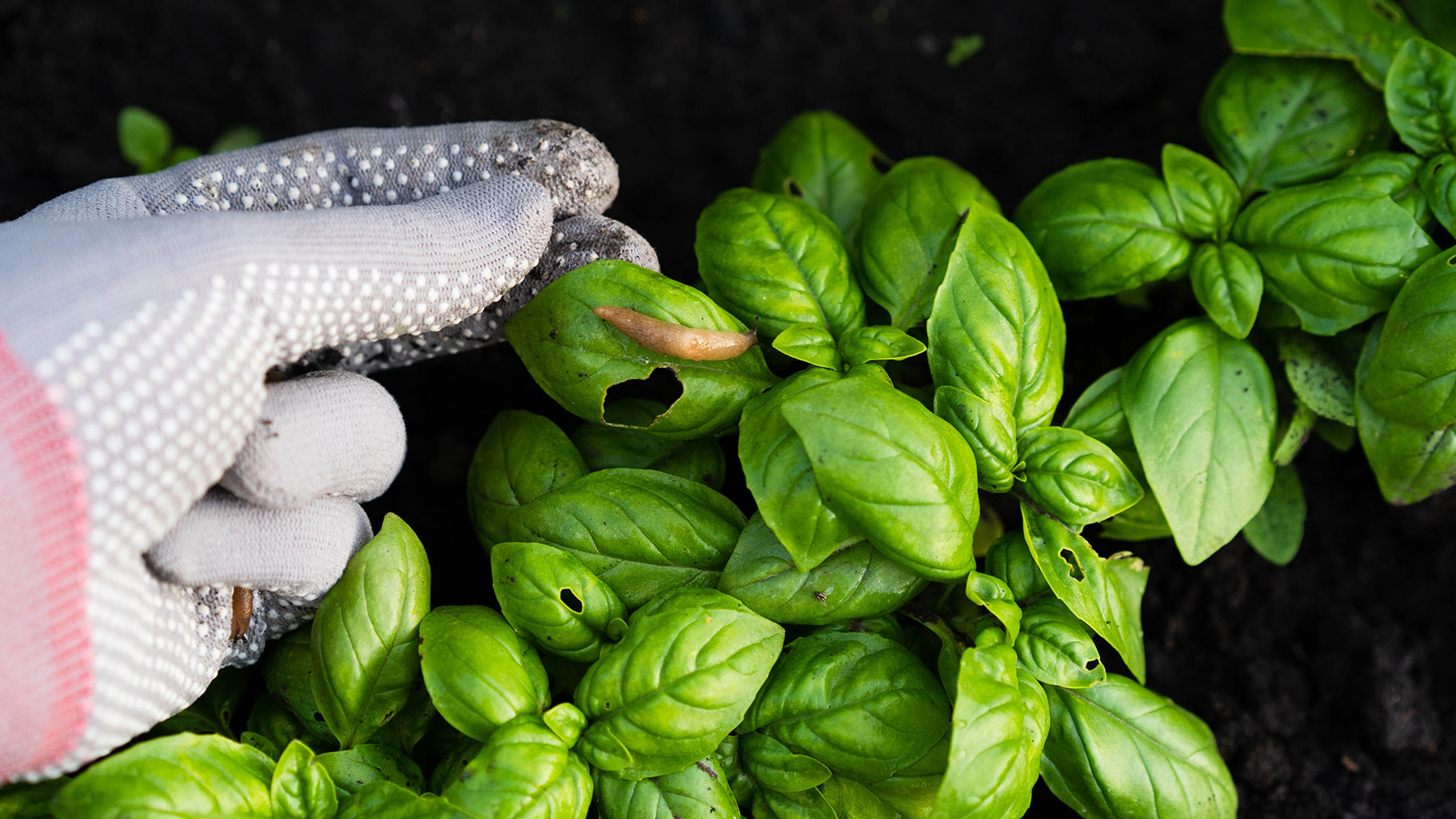
Since DE is a physical deterrent to pests, it can be applied as a physical barrier to great effect. Simply sprinkle the powder in a clear circle around any plants you want to protect to decrease the chance of any ground pests from reaching the vegetation. This is especially useful if you are experiencing a lot of snails and slugs, since they will have to travel across the barrier in order to reach the plant.
Another option is to create a line of DE around the edge of the entire border or container, rather than specific plants, in order to protect everything inside these limits. If you are experiencing a particularly bad snail or slug problem, you can apply the powder in several thick bands; if the bug manages to cross one layer, they will likely still be caught by the next one.
Sign up to get the BEST of Tom's Guide direct to your inbox.
Get instant access to breaking news, the hottest reviews, great deals and helpful tips.
This 4lbs pack of diatomaceous earth is an organic way to control pests in your garden. The fine powder containing fossilized marine organisms can be used around outdoor plants to deter pests.
2. Window sill pest barrier
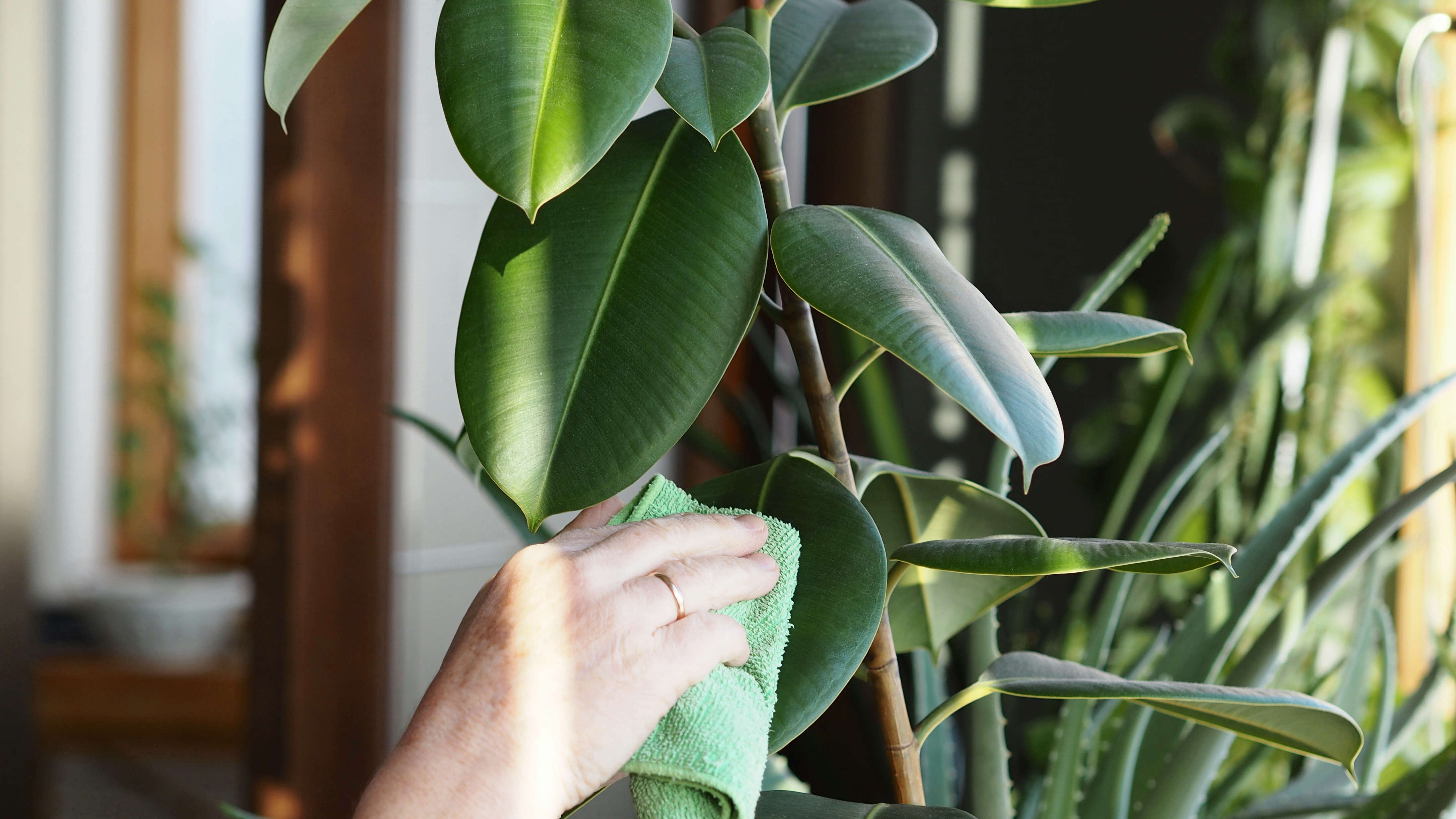
It’s not only outdoor plants that are vulnerable to pests. Houseplants can fall prey to many different insect infestations, the majority of which arise from the pest traveling indoors through the window. To prevent this kind of pest problem, DE can be sprinkled along the edge of window sills or other points of entry. This won’t deter creatures that fly but it can still function as a useful line of defense against common walking bugs like ants. Applying the powder on both sides of the window, internal and external, will increase the chance that you catch any and all insects before they cross the threshold.
3. Wet spray application
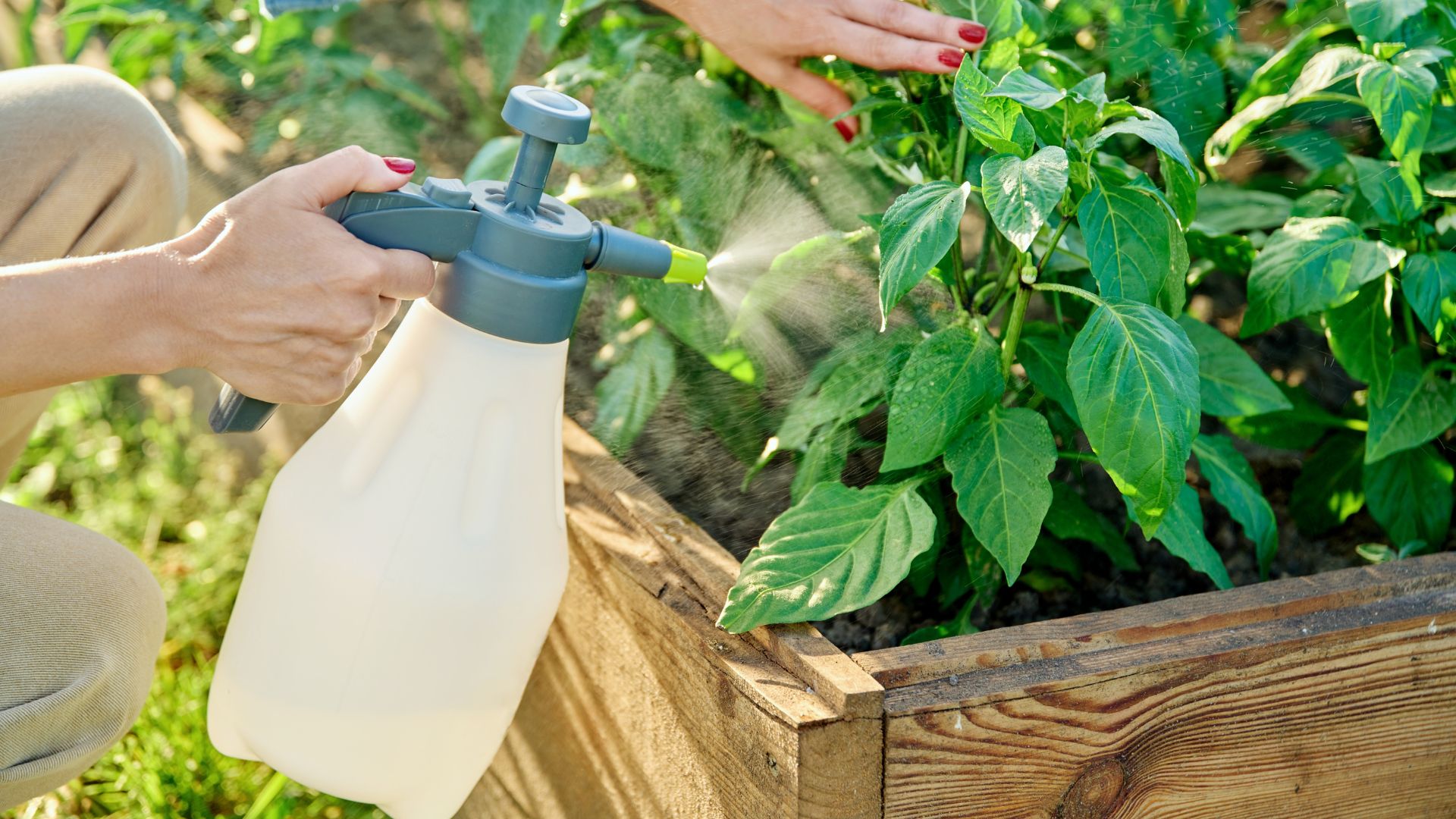
Although diatomaceous earth is only effective in its dry form, it can be temporarily dampened to make application easier. After combining the powder with water to create a solution, you can spray this mixture onto the surface of infested plant leaves or onto any other vulnerable surfaces. Direct topical application can be especially effective on hard-to-reach places, like the underside of leaves.
The best ratio for the solution is 1 cup of DE powder to half a gallon of water. Remember that the solution will not start to work until it has dried, so be careful not to disturb the mixture or accidentally wipe it away before it has set.
4. Dry infestation application
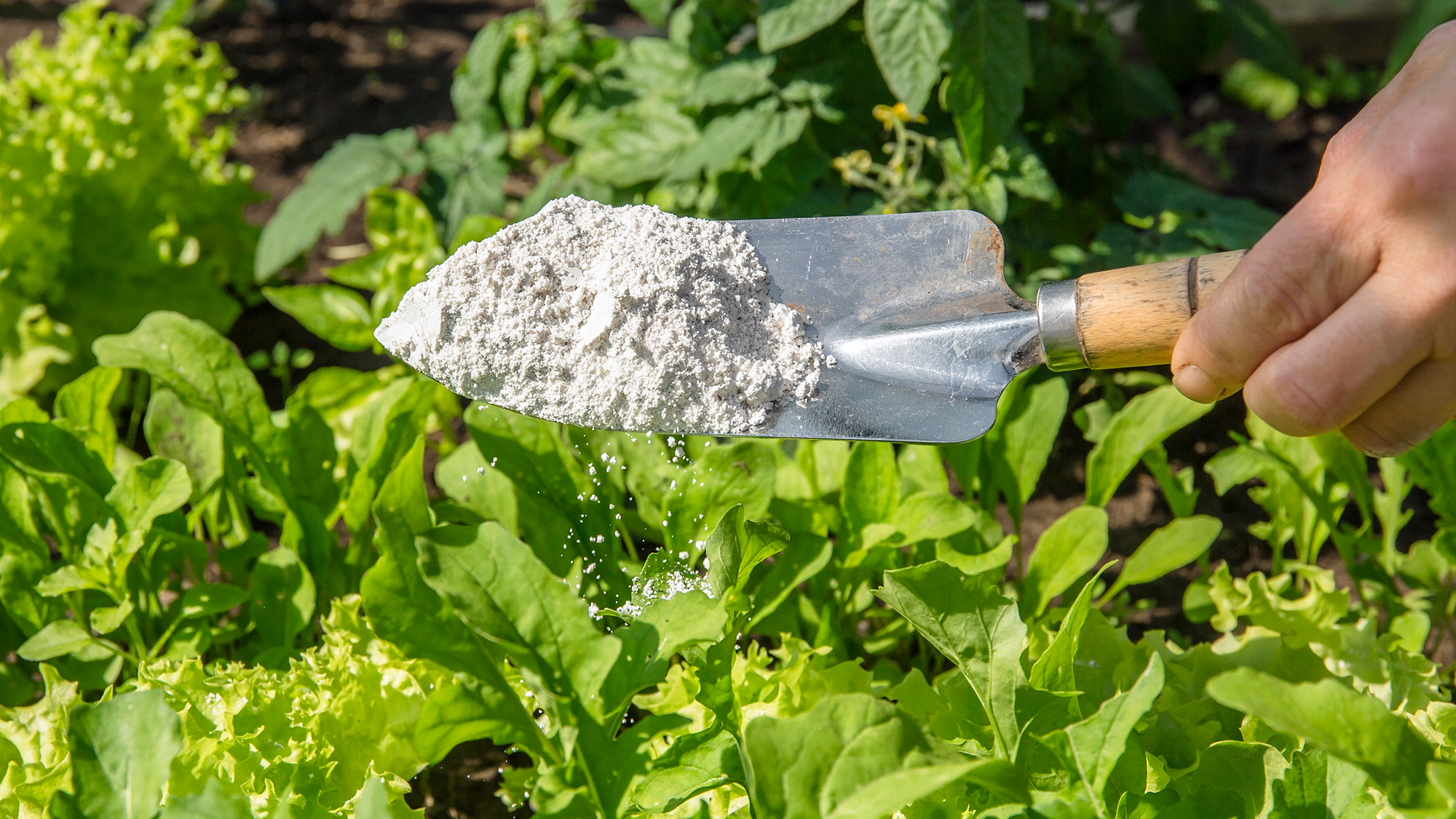
For a faster topical treatment, DE can be directly applied to infested areas while in dry form. Since diatomaceous earth is safe for human exposure, you can simply apply the powder by hand. However, a DE applicator is an even easier way to spread the powder accurately.
By applying a layer of DE to leaves and stems, you can immediately work to treat any pests that are present. It requires a bit more care and dexterity than spraying a solution over the area, but this ensures you don’t accidentally expose unaffected areas, as DE can be drying to the plant if used excessively or unnecessarily. Remember to reapply after a heavy rain, since this will wash away the topical treatment.
5. Soil improvement

Outside of insect infestations, diatomaceous earth still has practical usage. DE can be used in a similar way to compost, to improve the quality of soil. By incorporating DE powder into your soil, you can increase its aeration and drainage while reducing the likelihood of soil compaction. It’s important not to over-apply DE in this manner, since large quantities can be harmful to earthworms. Therefore, many gardeners like to mix their diatomaceous earth with their compost, to stretch it further and also make it more cost-effective as a treatment.
6. Rodent deterrent
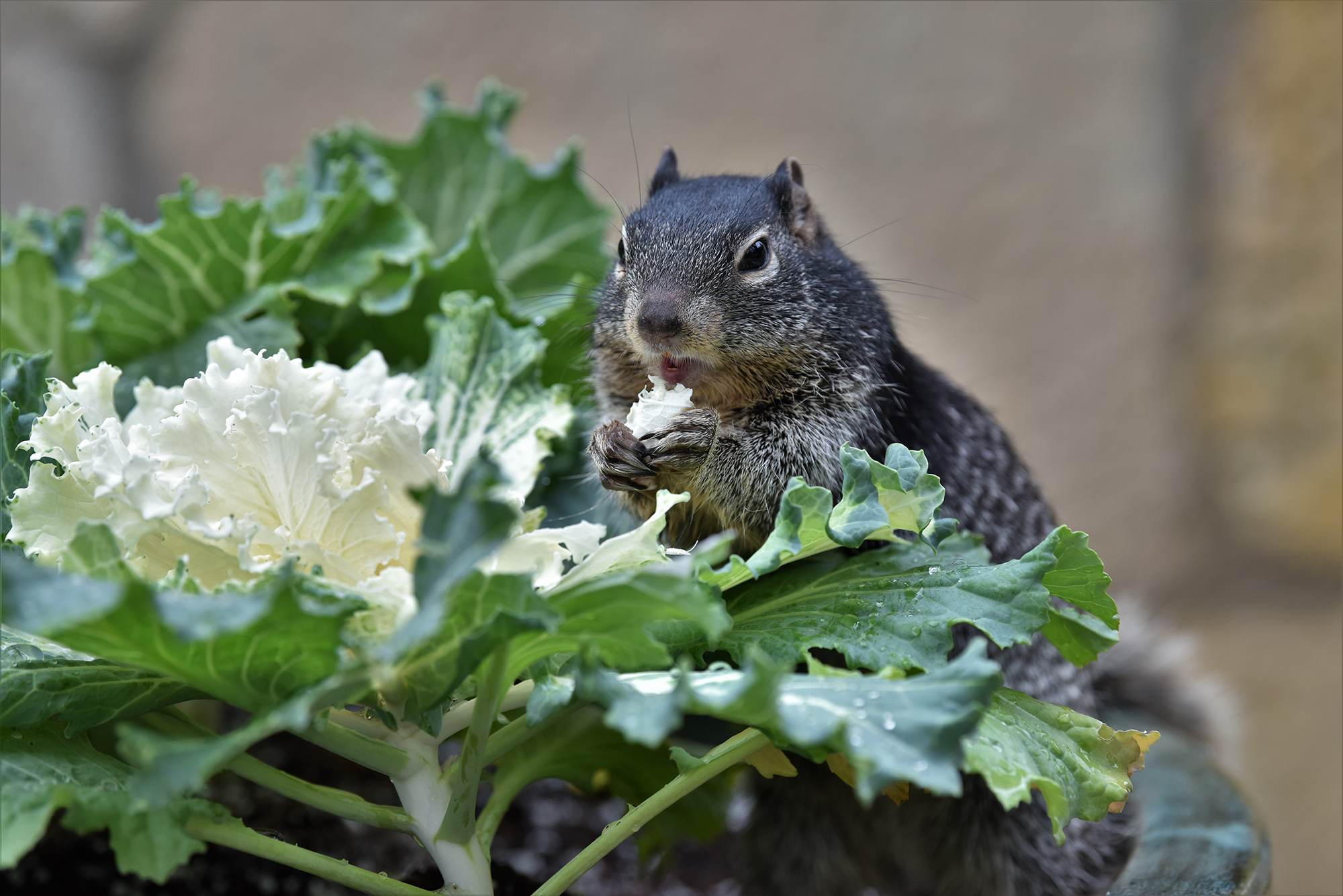
It’s not just small insects that can be deterred by diatomaceous earth. The sharp edges are unpleasant to small mammals, but the powder’s taste and smell can also be a significant deterrent to squirrels and other rodents.
Only a small amount is needed to repel these creatures, so don’t overapply; the goal is to discourage them from returning, not to kill them. To boost its potency, combine the DE with essential oils like peppermint or cinnamon, since these are known to also repel rodents. A little goes a long way, since DE powder is very absorbent and therefore holds onto the essential oils. Just be careful not to expose any pets to this mixture, since it can be toxic.
7. Deodorizer
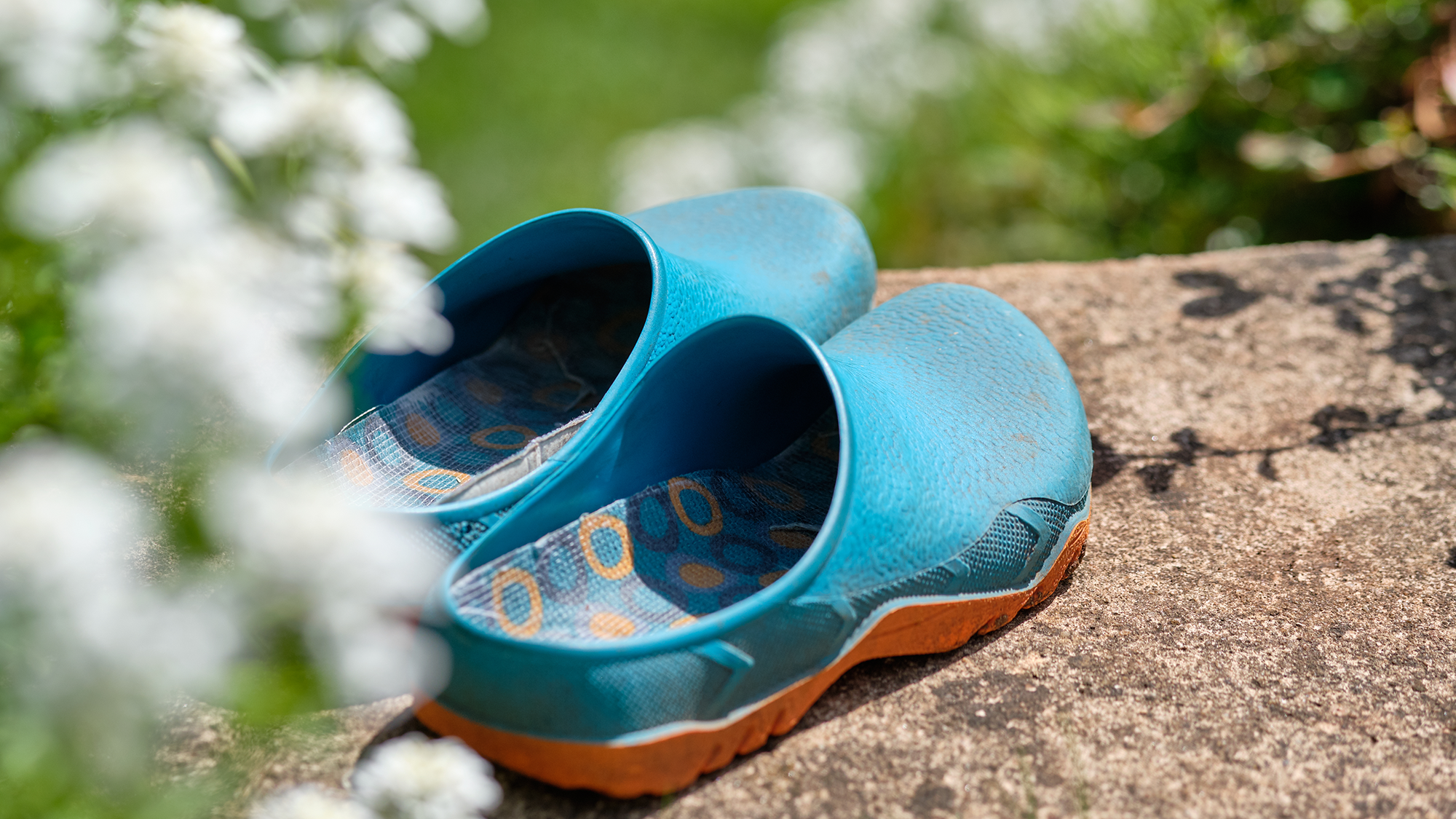
If you have any diatomaceous earth left after your pest prevention efforts, you can repurpose leftover DE as a deodorizer. The powder absorbs unpleasant odors effectively and, therefore, should be sprinkled into an open container, which should then be left near any offending items.
You can use DE to treat gardening footwear or clothing, or, more broadly, to treat a space affected by mold or mildew. Even storing the powder in a paper or plastic bag would suffice. Simply poke holes in the material so that the powder is exposed to the scented air. While diatomaceous earth shouldn’t be purchased solely with this in mind, as there are other cost-effective options, it’s a useful secondary purpose if you already have some on hand.
More from Tom's Guide
Madeleine Streets is a writer and content manager based in New York City. She covers an eclectic mix of lifestyle, technology, finance and health and has been published in Tom's Guide, Women's Wear Daily, SELF, Observer, Footwear News and others. Originally from London, Madeleine has a penchant for tea, baking and moody weather. When she’s not writing, you can find her exploring the city’s bookstores, hunting down new restaurants, fostering cats and cheering on Arsenal FC.
You must confirm your public display name before commenting
Please logout and then login again, you will then be prompted to enter your display name.
